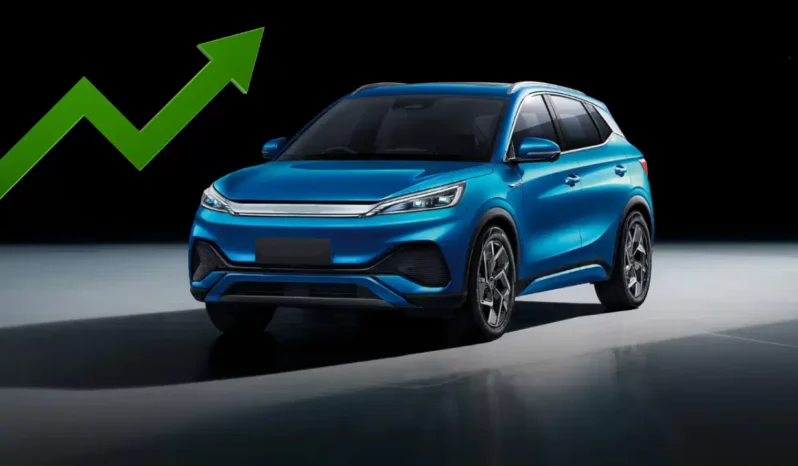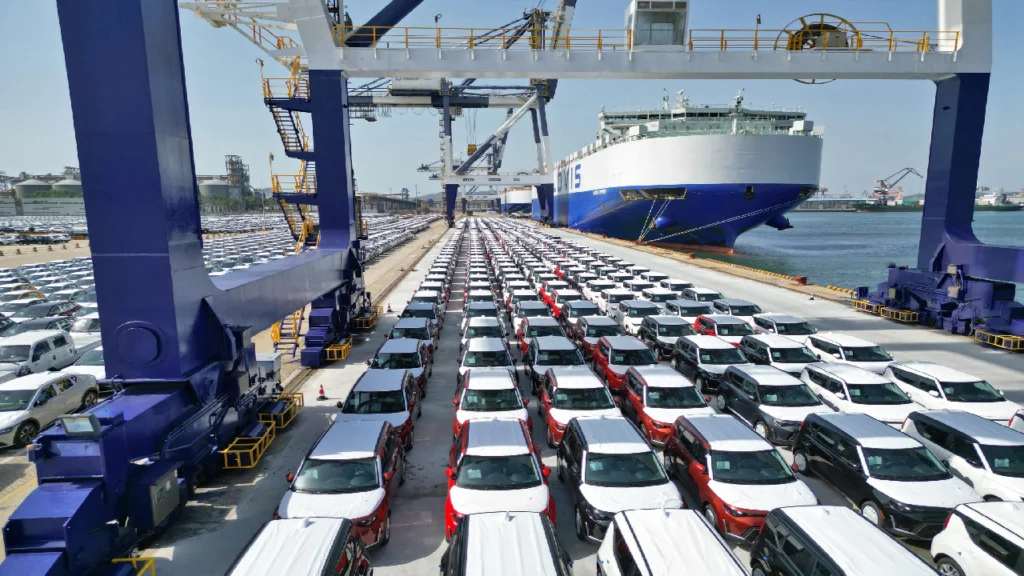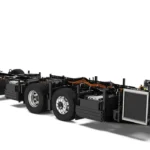During the first half of the current fiscal year, Indian automobile exports increased by 14% compared to the previous year. This growth was primarily driven by higher exports of passenger vehicles and two-wheelers.
Key Highlights
According to data from Siam, total exports from April to September reached 25,28,248 units, reflecting a 14% increase from the 22,11,457 units recorded in the corresponding period last year.
“Key markets like Latin America and Africa, which had slowed down for various reasons, have bounced back. This has been the main reason for exports coming back,” Society of Indian Automobile Manufacturers (Siam) President Shailesh Chandra said.
He was addressing a question about the resurgence of vehicle exports during the April-September period.
The depreciation of currencies in several African nations and other regions posed difficulties, leading to a shift in focus towards importing essential goods. This had a direct impact on vehicle shipments.
In FY24, there was a 5.5% decline in automobile exports due to monetary crises in multiple international markets.
In the previous fiscal year, the total exports amounted to 45,00,492 units, down from 47,61,299 units in FY23.
Growth in Passenger Vehicle Shipments
During the first half of the current fiscal year, the total passenger vehicle shipments increased by 12% year-on-year to 3,76,679 units, compared to 3,36,754 units in the September quarter of FY24.
Maruti Suzuki, the country’s largest carmaker, led the segment by shipping 147,063 units, marking a 12% increase from the previous year’s 131,546 units.
Hyundai Motor India, on the other hand, experienced a 1% decline in exports, shipping 84,900 units compared to 86,105 units in the April-September period of the previous fiscal year.
During the April-September period of this fiscal year, two-wheeler exports witnessed a 16% year-on-year increase, reaching 19,59,145 units compared to 16,85,907 units in the corresponding period last year.
Scooter shipments experienced a 19% surge, reaching 3,14,533 units, while motorcycle exports rose by 16% to 16,41,804 units during the same period.
In the commercial vehicle sector, exports grew by 12% year-on-year, totaling 35,731 units in the first half of the fiscal year.
However, three-wheeler shipments saw a 1% decline during the period, with exports amounting to 1,53,199 units as compared to 1,55,154 units in the April-September period of the 2023-24 fiscal year.
The rise in exports of passenger vehicles and two-wheelers, especially to key markets like Latin America and Africa, played a crucial role in driving this growth. It’s interesting to note the specific changes in export numbers for major companies like Maruti Suzuki and Hyundai Motor India. The overall growth in automobile exports reflects positively on the industry despite challenges such as currency depreciation in certain regions.







